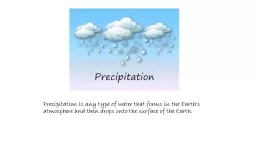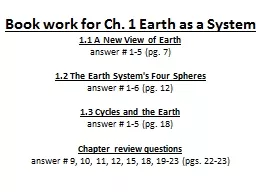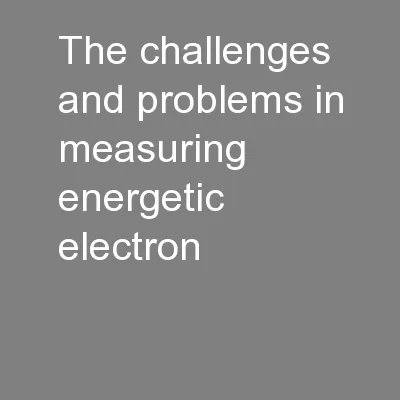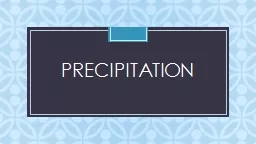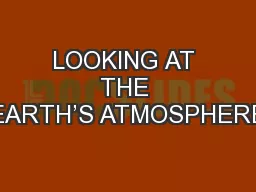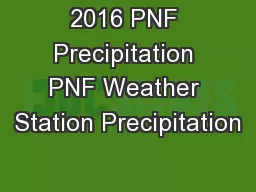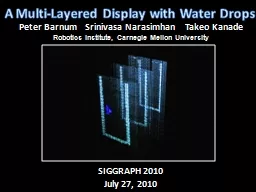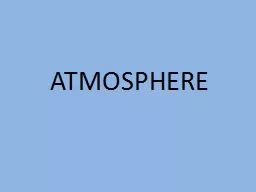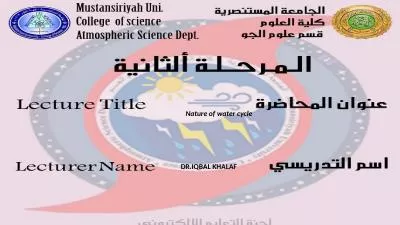PPT-Precipitation is any type of water that forms in the Earth's atmosphere and then drops
Author : tawny-fly | Published Date : 2018-10-23
Water vapor droplets of water suspended in the air builds up in the Earths atmosphere Water vapor in the atmosphere is visible as clouds and fog Water vapor collects
Presentation Embed Code
Download Presentation
Download Presentation The PPT/PDF document "Precipitation is any type of water that ..." is the property of its rightful owner. Permission is granted to download and print the materials on this website for personal, non-commercial use only, and to display it on your personal computer provided you do not modify the materials and that you retain all copyright notices contained in the materials. By downloading content from our website, you accept the terms of this agreement.
Precipitation is any type of water that forms in the Earth's atmosphere and then drops: Transcript
Download Rules Of Document
"Precipitation is any type of water that forms in the Earth's atmosphere and then drops"The content belongs to its owner. You may download and print it for personal use, without modification, and keep all copyright notices. By downloading, you agree to these terms.
Related Documents

